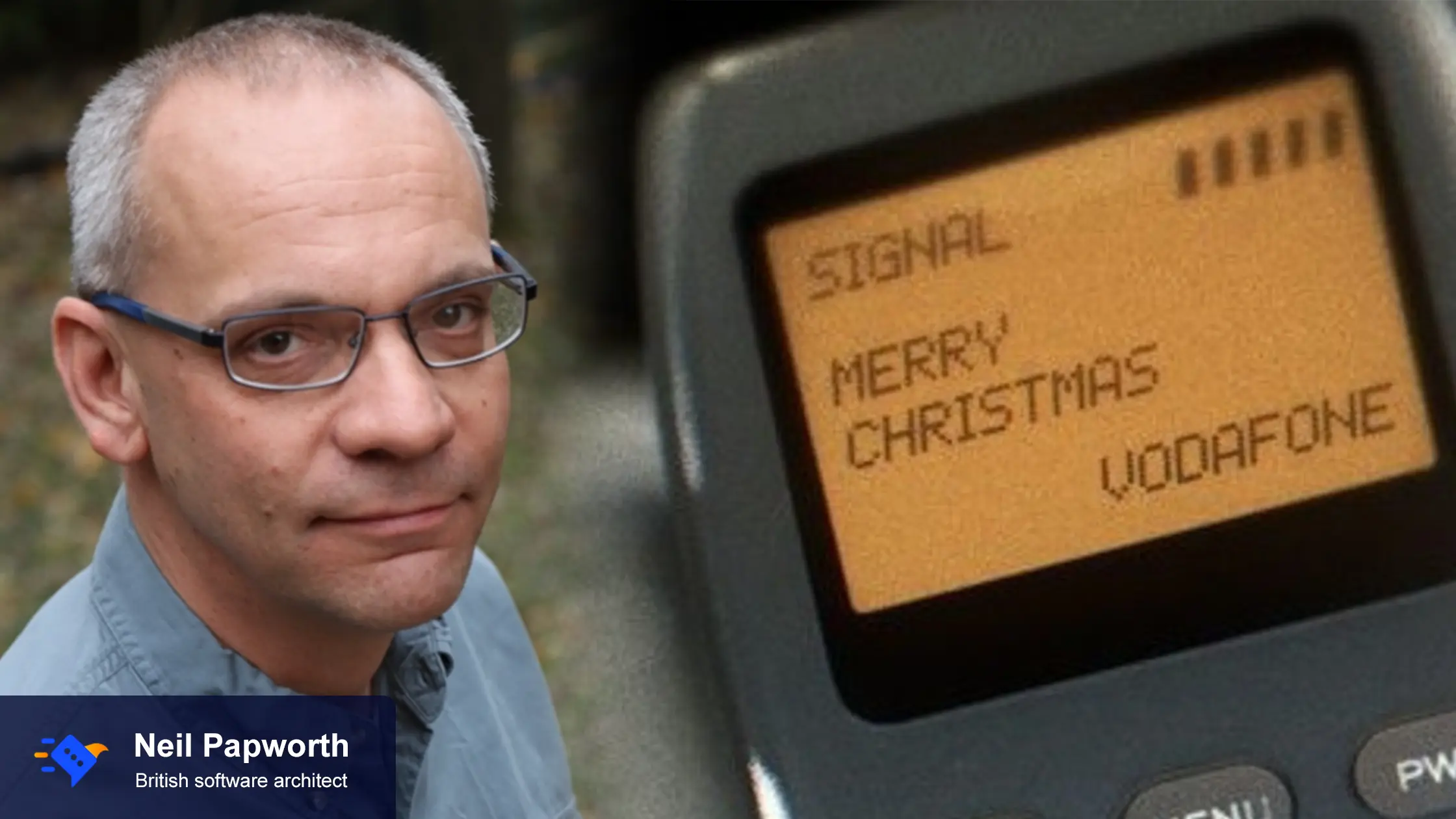
Text messaging, or SMS (Short Message Service), is one of the most popular and convenient ways of communicating in the modern world. We use it to send greetings, jokes, emojis, memes, news, and more to our friends, family, and colleagues. But how did it all begin? Who sent the first text message, and what was its content? Let’s take a look at the history of this amazing technology that changed our lives.
The Birth of SMS
The idea of sending short messages over cellular networks was first proposed in 1984 by a group of GSM (Global System for Mobile Communications) project engineers.
They envisioned a service that would allow users to send and receive text messages on their mobile phones, using a standard protocol that would work across different networks and countries. However, it took several years of research and development before the first SMS message was actually sent.
The First Text Message

Neil Papworth, a 22-year-old engineer who worked at Sema Group Telecoms, sent the first text message on December 3, 1992.
He was part of a team developing a Short Message Service Centre (SMSC) for Vodafone UK, one of the leading mobile operators in Britain at the time. The SMSC was a software system that could store and forward text messages between mobile phones and other devices.
Papworth used a personal computer to send the text message “Merry Christmas” via the Vodafone network to the phone of Richard Jarvis, director of Vodafone.
Jarvis was attending a holiday party in Newbury, Berkshire, where he received the historic message on his Orbitel 901 handset, a bulky device that weighed about 2.1 kg and had a battery life of only one hour. Papworth later said that he didn’t feel anything momentous at the time, he was just doing his job and testing the system.

The Rise of Texting
The first text message was a simple and friendly greeting, but it marked the beginning of a new era of communication. However, it took some time before texting became popular and widespread.
One of the reasons was that mobile phones at that time could not actually send text messages, they could only receive them. It was not until 1993 that Nokia introduced the first phone with an SMS feature, the Nokia 2010. It had a distinctive “beep” to signal an incoming message and a 160-character limit due to bandwidth constraints.
Another reason was that texting was initially expensive and not widely available. Users had to pay per message and could only text within the same network. It was not until 1999 that phone networks allowed users to text across rival companies. This increased the accessibility and affordability of texting, especially for young people who preferred prepaid plans that did not charge for texts.
Texting also developed its own culture and language, as users adapted to the limitations and possibilities of the medium. They invented texting abbreviations (texting acronyms), slang, and emoticons to express themselves more efficiently and creatively.
For example, LOL (laugh out loud), BRB (be right back), BTW (by the way), :) (smiley face), etc. Texting also influenced other forms of online communication, such as email, instant messaging, social media, and blogs.
World’s first SMS sold for $121,000 as an NFT
World’s first-ever text message “Merry Christmas” was auctioned off as an NFT in Paris. The bid closed at a whopping $121,000. This message was auctioned off by British wireless company Vodafone and all the proceedings are donated to United Nations Refugee Agency.
The auction was conducted at Aguttes Auction House and since selling intangibles is illegal in France, the auction house packaged the text message in a digital frame and also its code and communication protocol!
See this video of the auction where the world's first text message has been sold for a whopping $121,000.
Video source: https://videos.dailymail.co.uk/
The Future of Texting
Today, texting is one of the most common and convenient ways of staying in touch with others. According to the International Telecommunication Union (ITU), about 200 billion text messages are sent every month worldwide.
Texting has also evolved beyond simple text messages to include multimedia messages (MMS), such as photos, videos, audio clips, stickers, GIFs, etc. Texting has also been integrated with other services and platforms, such as online banking, e-commerce, gaming, education, health care, etc.
However, texting also faces some challenges and competition from other technologies and applications. For example, instant messaging apps like WhatsApp, Facebook Messenger, WeChat, etc., offer more features and functionality than texting, such as voice calls, video calls, group chats, encryption, etc.
These apps also use internet data rather than cellular networks to send messages, which can be cheaper and faster. Moreover, texting can negatively affect social relationships and mental health if used excessively or inappropriately.
Texting is a remarkable technology that has changed the way we communicate with each other. It has enabled us to connect with anyone anywhere anytime with just a few taps on our phones.
It has also enriched our language and culture with new forms of expression and creativity. However, texting constantly evolves and adapts to new trends and demands. As we celebrate the 30th anniversary of the world’s first text message this year, we can also look forward to the future of texting and how it will continue to shape our lives.